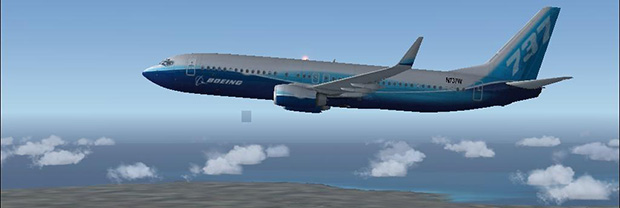
Before like two years when I got my first Ladybird toy, I was thinking it will be great if I can charge those wirelessly, without changing the battery. Yes, it is charging very slow, yes it will add some weight, but it will be cool.
QI standard is going forward, and there is already some IDT chipsets available on Mouser - TX -P9035/P9036 and RX-P9021, but according to first look on the datasheet, those are quite complicated and with a lot of external components.
In difference to those, before a month I saw some wireless charging modules, which seems to be quite cheep and simple.
http://www.elecfreaks.com/5016.html , 5V, option1 two bare boards http://www.elecfreaks.com/store/wireless-charging-module-couple01-p-513.html , 5V option 2, TX module in single module http://www.elecfreaks.com/store/wireless-charging-module-couple02-p-514.html and there is now versions for 3.3V, 9V and 12V ( I guess they just change one Zener diode on the receiver board).
Come home here in Sweden for one week after I place the order (probably because were single pcs. and quite light box). I test both, just with one LED for now (like 15mA) - they was working quite OK for distances up to 1-2cm, just some paper and thin air between TX and RX coils. With appropriate ferite it seems distance and coupling can be even better.
Just to fire further my interest, chip labels on board were erased, but fortunately I found a good picture where most of the labels were visible. Unfortunately no results after some googling, but finally I think I found the manufacturer of chips and some other wireless power/charging modules - it should be Elecoteq Electronics - http://www.liucr.com Website is only in Chinese, so I read what I can via Google translate. I found no datasheets, but for one there was some basic description
On TX board
XKT-408A wireless charging transmitter IC
http://translate.googleusercontent.com/translate_c?depth=1&hl=en&rurl=translate.google.se&sl=zh-CN&tl=en&u=http://www.liucr.com/news/show.asp%3Fid%3D317&usg=ALkJrhhemv0tvw6YYMF5qZeMtv5h9YvPeg
T5336 wireless charging IC (I think this is just a MOSFET driver or similar)
On RX board
T3168 wireless charging receiver IC
Last question is TX/RX coils/antennas. Even modules with antennas is quite light - 5grams with the coil and some power cables, I guess it can be even lighter with PCB antenna, either on flex or thin FR-4. On the Elcoteq website I saw some microcoils and also solutions for high current charging.
I drop a line to the manufacturer, asking for datasheet/app note about the chips - let's see if I have an answer. Until then as a desert, I reverse the schematics from the boards I already have (it is possible I missed or read wrong some connection) and attach them here - transmitter.pdf and receiver.pdf . I check also some ot the singals on my scope - it seems the working frequency is like 55kHz. If you are better with reading Chinese, you probably will found more interesting things on Elcoteq website, may be even the right datasheets.
That is - hope it helps somebody. I think those can have a lot of applications and be a lot of fun. If you have some ideas or make some new smaller coils let me know. I probably try to enable one of my Ladybirds for wireless charging :)
p.s. hope Elecfreaks will thank me for saving them from tedious task of chip label grinding...

.jpg)

